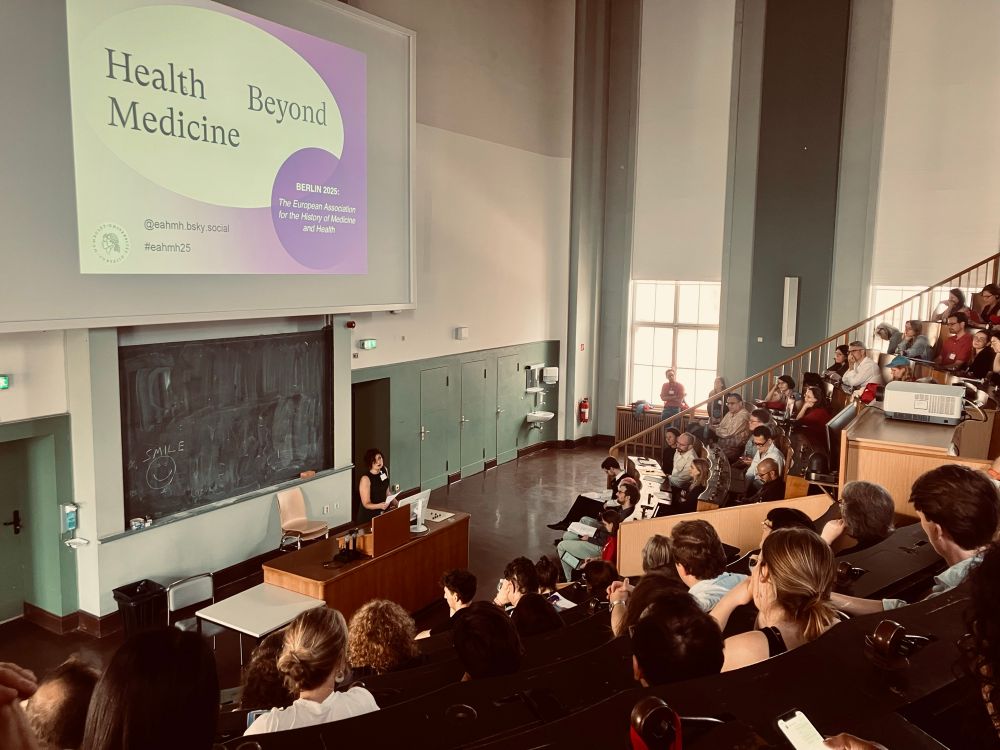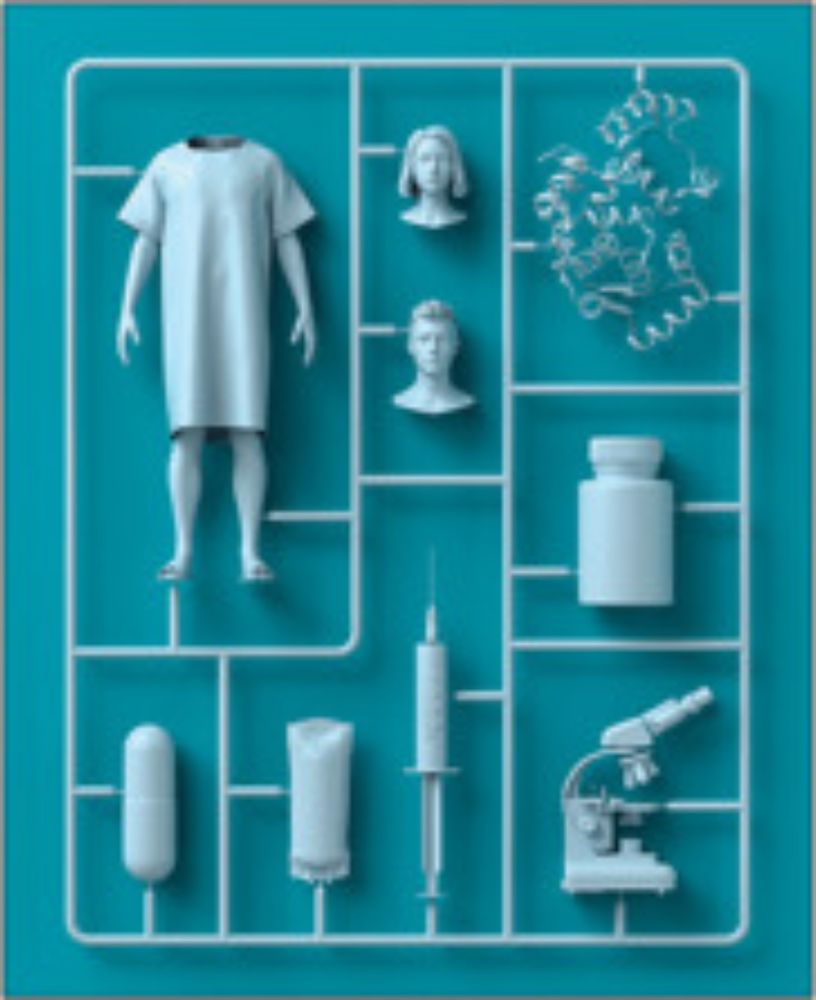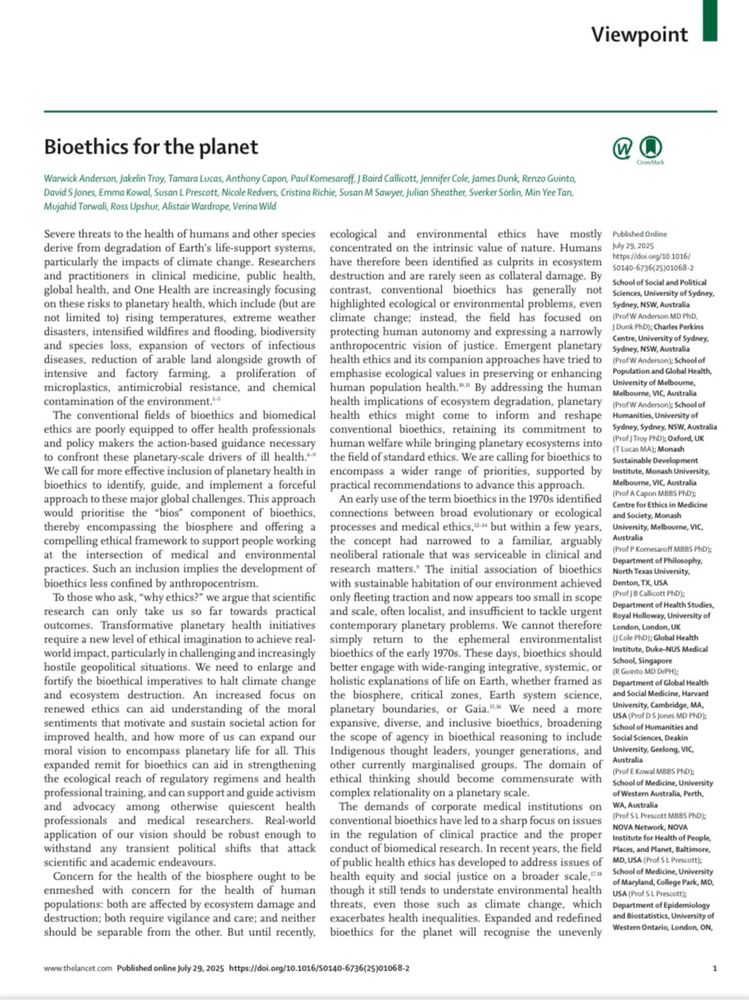Developed massively in the 19th C, but rarely worn until the 1920s.
Factory worker in Pittsburgh, 1958 (Photo by James Blair)

by S. J. Holmes — Reposted by: Bruno J. Strasser, S. J. Holmes

Reposted by: Bruno J. Strasser

by S. J. Holmes — Reposted by: Bruno J. Strasser, S. J. Holmes

tinyurl.com/579pz264

Fearless Napoleon touches a plague victim with his face uncovered. His frightened marshal holds a cloth to his mouth (A.-J. Gros, 1804).

Reposted by: Bruno J. Strasser
www.epfl.ch/labs/lhst/la...

We show there's more to workers' politics than right-wing resentment. Listening to workers, we reconstruct their moral critiques of money, power & recognition.
Link journals.sagepub.com/doi/10.1177/...

In fact, these pieces of cloths were perfuming devices, soaked in vinegar, when odors caused diseases!
Bas-relief, 12th century, Cathedral of Basel, CH.
#histstm

Reposted by: Bruno J. Strasser
👉 yalebooks.yale.edu/book/9780300...

Reposted by: Bruno J. Strasser
Reposted by: Bruno J. Strasser
Don't miss the international conference :
"Protecting Bodies at Work. Technical Devices, Materialities of Health, and Political Imaginaries"
Program: shorturl.at/rmniy
You can attend online: shorturl.at/Be9mF (Zoom link)
🗃️ #AcademicSky #MedievalSky
Reposted by: Bruno J. Strasser
#eahmh25
wellcome.org/research-fun...

Reposted by: Bruno J. Strasser

Reposted by: Bruno J. Strasser


Reposted by: Bruno J. Strasser
#eahmh25 #histmed

Reposted by: Bruno J. Strasser
Published by @yalepress.bsky.social @yalebooks.bsky.social
#nocovid #eahmh25

@eahmh.bsky.social


Remember those depictions of plague doctors wearing a beaked mask? Such visual elements were common in the 17th C and were always satirical.
Here is one by F. Bertelli, from Il Carnevale Italiano…1642 (The Met, NY).
tinyurl.com/uvzjs9py

Reposted by: Bruno J. Strasser, Margot C. Finn, Cornelius Schubert
#histmed #histstm #sts

Reposted by: Bruno J. Strasser

www.thelancet.com/journals/lan...
#PlasticTreaty

Reposted by: Bruno J. Strasser
Reposted by: Bruno J. Strasser, The Lancet, Emma Kowal
#bioethics #planetary #STS
@nam.edu @humanitiesau.bsky.social

yalebooks.yale.edu/book/9780300...
books.google.de/books?id=RI1...
